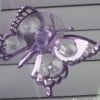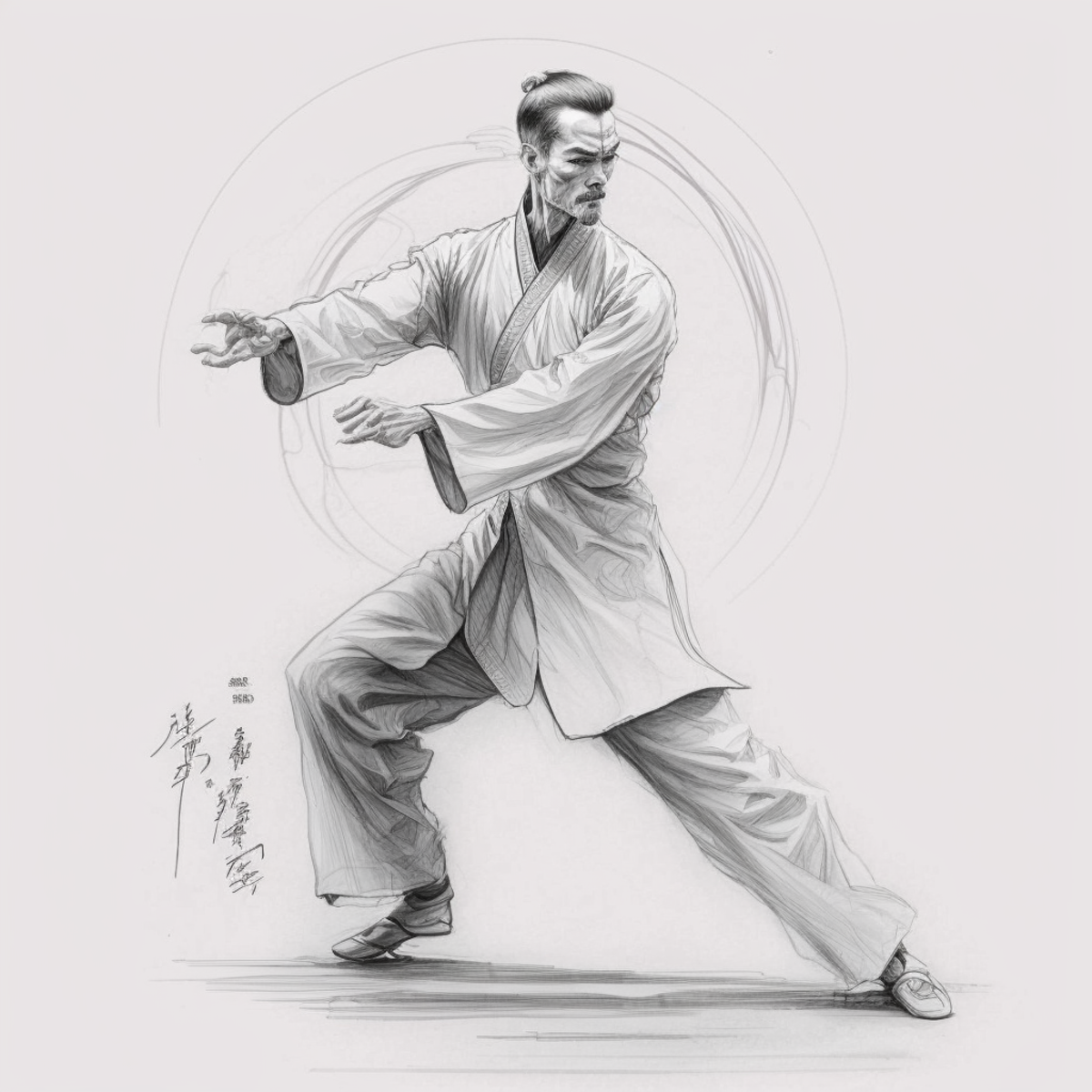Health Benefits and Principles of Tai Chi

The legends say that a famous Taoist priest and magician, Zhang San-Feng, was shown the way of Tai Chi (as it has become popularly known) in a mystical dream. Around the world today, millions of people practise Tai Chi as a start and end to their daily activity.
Tai Chi exercises have been developed over centuries and are part of a tradition that has been practised in China for almost three thousand years. This is the same tradition that gave us the now widely used technique of acupuncture and the method of taking a patient's pulse to measure their medical condition.
The benefits of Tai Chi are more difficult to describe than the usually immediate and spectacular successes of acupuncture. Most people in the West have considered Tai Chi a graceful sort of dance, useful for relaxation, which is usually taught at exercise classes for senior citizens. All this is changing as more and more people learn about non-traditional ‘holistic’ health treatments that pay attention to the harmony and balance of the individual.
A holistic approach
Tai Chi treats the whole patient, not just the symptoms. Chinese doctors are often students themselves and will frequently prescribe Tai Chi exercises as a part of their treatment, or as therapy for convalescing patients. Tai Chi is used to help hypertension, rheumatism and insomnia and is also promoted as a way to recuperate from injury and illness. It is said to relieve sinus and lung problems and treat poor circulation, arthritic joints, high blood pressure and headaches.
Tai Chi is promoted as the ideal exercise for busy executives and as a safe and challenging exercise program for the elderly. It is used to concentrate the mind for other sports competition and is also used as a warming down exercise after training sessions. On top of all this, its supporters say, it can release emotional tension and decrease stress-related psychological conditions.
Building energy
Tai Chi is mainly taught as a physical exercise program to build and increase the body’s energy. The movements are linked together in sequences in order to enhance the movement of energy or ‘qi’ through the body.
The life force
This word ‘qi’ (also known as chi or ch'i and pronounced chee) is often translated to mean ‘intrinsic energy’, but in Chinese medicine and philosophy the concept of qi conveys much more. It can be used to describe life and vitality; it can mean the air that we breathe, or the life force that flows through the body. The main function of qi is to harmonize the function of the body. If the qi is not strong then the body will gradually run down but, if we strengthen the qi, the body will be in harmony, and vitality and health will follow. In a healthy body, the qi flows freely and unimpeded.
Qi flows through the body along certain pathways known as meridians. Acupuncture uses needles inserted at certain vital points in the body to stimulate the flow of qi. This allows the body’s energy to flow unimpeded through these meridians and, just as a flood of water will sweep a river clean, so this ‘unblocking’ of the rivers of energy in our bodies can sweep away illness and ill health. The same principles that guide the use of acupuncture to promote health also guide the practice of Tai Chi.
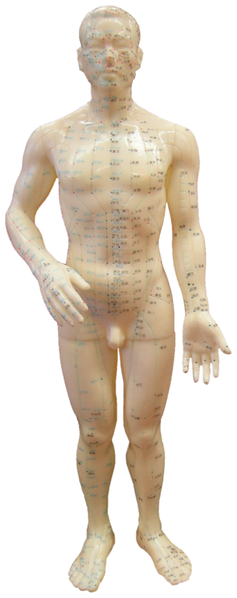
In the West we point towards germs, viruses and bacteria as the causes of disease. In Chinese medicine it is the lack of harmony, the lack of energy flow or qi, which is seen as the cause of illness.
Chinese physicians can easily point to examples of people who are exposed to germs, but who do not fall ill because their qi was in harmony. Tai Chi uses precise and definite body postures and movements to stimulate this flow of energy through the body and to sweep away the blockages that cause ill health and disease.
Martial art
Tai Chi was also once an ancient martial art that was taught only to a select and carefully chosen few who were shown deadly combat secrets behind closed doors. It was the ability to summon and transmit this unimpeded flow of energy that gave Tai Chi its formidable reputation in China as a martial art. Tai Chi, which is often translated as ‘supreme ultimate boxing’, was a form of fighting that was renowned for its deadly responses to attack. This martial history shows in the ‘shadow boxing’ of the Tai Chi students as they go through their movements. There are a number of Tai Chi schools that still concentrate on the combat styles of Tai Chi, but most teachers claim that the self-defense aspect is secondary to the health benefits that flow from Tai Chi.
The movements
When you learn Tai Chi, you copy a number of postures and movements that are joined together in a formal sequence. This ‘form’ as it is called, is usually named after the Tai Chi master who developed the particular style that is being demonstrated. The new student is shown the ‘Yang Style form’ or the ‘Wu Style form’ or any one of a hundred variations. One of the most popular forms of Tai Chi is known as the ‘Beijing 24 Style’. This form was developed by a group of four Tai Chi teachers in China to help make Tai Chi more accessible and to bring its benefits to the masses. Increasingly, this is the style taught around the world.
Relaxation and flow
One thing that all styles of Tai Chi have in common is an emphasis on relaxed and flowing movements. This is the feature that attracts the eye when we see Tai Chi performed – the gentle flow of the movements as the exponent shifts weight from foot to foot with the gliding movements of the arms and wrists forming circles and postures that seem to disappear as soon as they are formed. When performed in groups, Tai Chi can be mesmerizing. The formal sequence of movements is duplicated by the participants until they form a single body of graceful movement.
Tai Chi requires a high degree of concentration. Part of the respite from the stresses and strains of modern living that enthusiasts claim for Tai Chi is the total absorption required to relax and perform these simple movements. After the initial battle to remember the order of the postures, the student must concentrate on relaxing the body and remain aware of the way the limbs and muscles are moving, the way their weight is changing from foot to foot, and the way that as each posture is formed, it dissolves and starts the movement towards the next posture.
Relaxation of body and mind
Relaxation of the body and mind is all-important in the practice of Tai Chi because forcing the movements will disrupt the natural flow of qi and defeat the purpose of the exercise. Many students say that the challenge of relaxing the body and mind while moving through the postures is the hardest part of learning.
To learn a basic sequence of Tai Chi movements takes from three to six months, and the whole routine can take from five to twenty minutes to perform depending on the style that you have chosen to follow. Most enthusiasts practise twice daily. Students often learn several forms, sometimes progressing to the use of traditional weapons such as the straight double-edged sword, or the fearsome looking sabre.
All Tai Chi forms have a particular focus and the use of weapons is designed to build strength and precision of movement. Usually the student must learn the basic or barehanded form before taking up any of the weapon forms. Tai Chi can be performed as stand alone exercises known as ‘Chi Kung’ (Energy Art) exercises. This is when a single posture from the Tai Chi form is held for a period of time, or is repeated a certain number of times, with amplified effects on the particular energy channel that the movement or posture is designed to assist.
Tai Chi practised in the morning will wake up the body and prepare you for the day ahead. Practised at night, it will relax and prepare you for a good night’s sleep. With the stresses and strains of modern living and their impact on health, Tai Chi may be just the right mix of meditation and activity for anyone looking for a non-competitive, absorbing exercise system to refresh and rejuvenate their body and mind.
